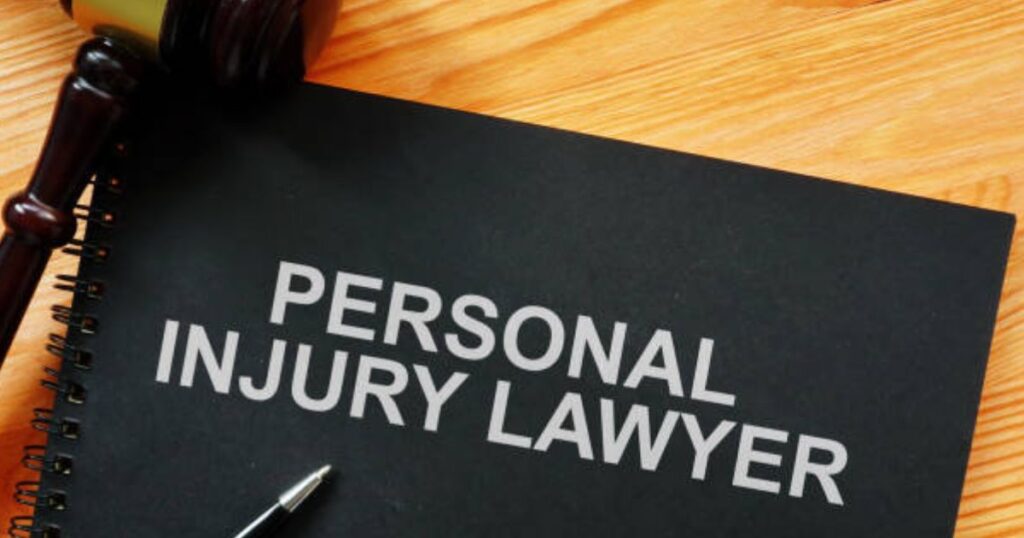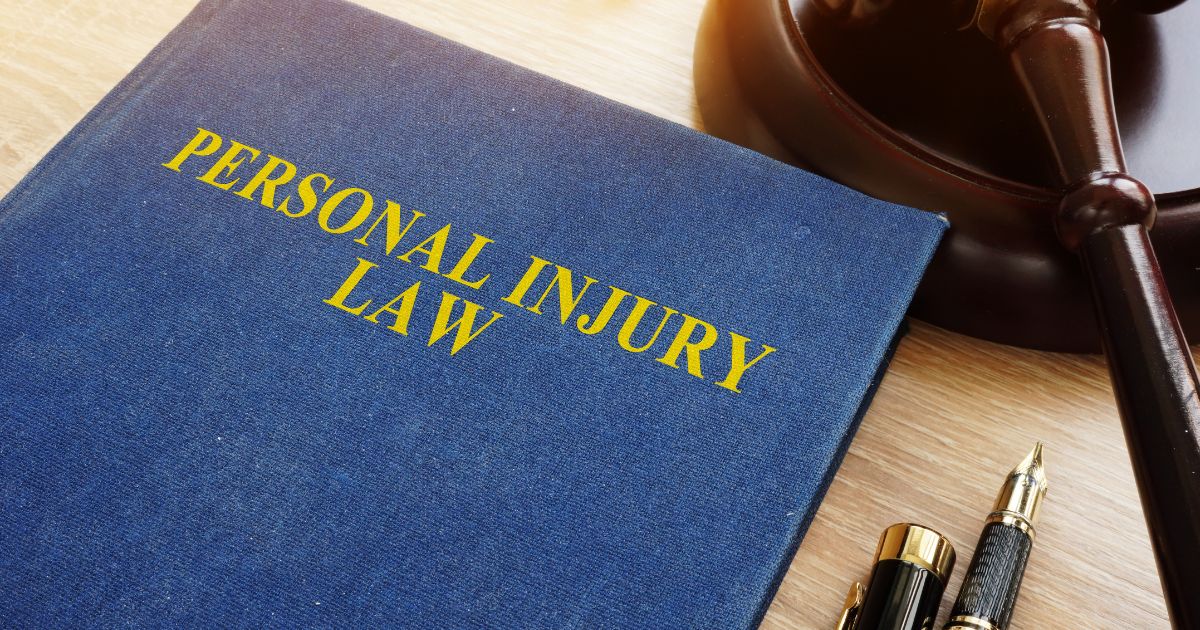
Hurt in an Accident in Long Island? Here Are Your Options
Accidents can happen anywhere, but if you’ve been injured in an accident in Long Island, it’s important to know your rights and options.
Whether it’s a car crash, slip and fall, or workplace injury, the aftermath can be overwhelming, both physically and emotionally. Navigating the legal processes can feel daunting, especially when dealing with pain and financial stress.
But don’t worry. Understanding your options can help you take control of the situation and move forward toward recovery.
4 Steps to Take If You’re Hurt in an Accident
1. Compensation from the At-Fault Party’s Insurance Company
If the other driver has adequate insurance and is found at fault for the accident, you can file a claim with their insurance company for compensation. This claim can cover various expenses, such as medical bills, lost income, and property damage. When filing a claim, gathering all relevant documentation, including medical records, accident reports, and repair estimates, is important.

An adjuster from the liable party’s insurance company will evaluate your claim and may offer a settlement. Keep in mind that initial settlement offers are often lower than expected, as insurers may aim to minimize payouts. An experienced personal injury attorney in Long Island can be beneficial in negotiating a fair amount that reflects the full extent of your losses.
2. Uninsured/Underinsured Motorist Insurance (UM/UIM)
Uninsured/Underinsured Motorist (UM/UIM) insurance coverage, which you can add to your auto insurance policy, steps in to cover the gap left when the other party lacks adequate insurance or has no insurance at all.
If you’re injured and the other party’s insurance isn’t sufficient, UM/UIM coverage can assist in covering medical bills, lost wages, and other damages. This coverage is especially useful in hit-and-run accidents, where the other driver is unidentified.
3. Alternate Dispute Resolution (ADR)
Alternate Dispute Resolution (ADR) methods, like arbitration and mediation, can be a faster and less adversarial way to settle disputes without going to court. Both options have distinct advantages, depending on the situation.
Mediation involves a neutral mediator who helps facilitate negotiations between both parties. Unlike a judge, the mediator doesn’t make a decision; instead, they help each side reach a mutually agreeable resolution.
Arbitration is a more formal ADR process where an arbitrator listens to both sides’ arguments and evidence before making a binding decision.
4. Litigation: Taking the Case to Court
If negotiations with the insurance company fail to provide fair compensation, litigation might be your best option. Pursuing a lawsuit allows you to seek compensation directly from the liable party through the courts.

Litigation can be more time-consuming and costly, but it also opens the possibility of receiving a full and fair settlement when other options fall short. It’s worth noting that many cases settle out of court, as the involved parties may prefer avoiding a lengthy court battle.
Protect Your Rights
Being hurt in an accident is stressful, but you don’t have to go through it alone. Understanding your options and taking the right steps after your accident will ensure that your rights are protected and that you receive the compensation you need to move forward.
If you’ve been injured, don’t wait. Consult a personal injury attorney in Long Island who can guide you through the legal process and fight for the compensation you deserve.





